- Products in Central Asia are continuously transported to the Sino-Kazakh logistics cooperation base and exported to the world
- The D-line pipeline with Turkmenistan’s Fuxing gas field as its gas source transports more than 20% of China’s natural gas from Central Asian countries every year
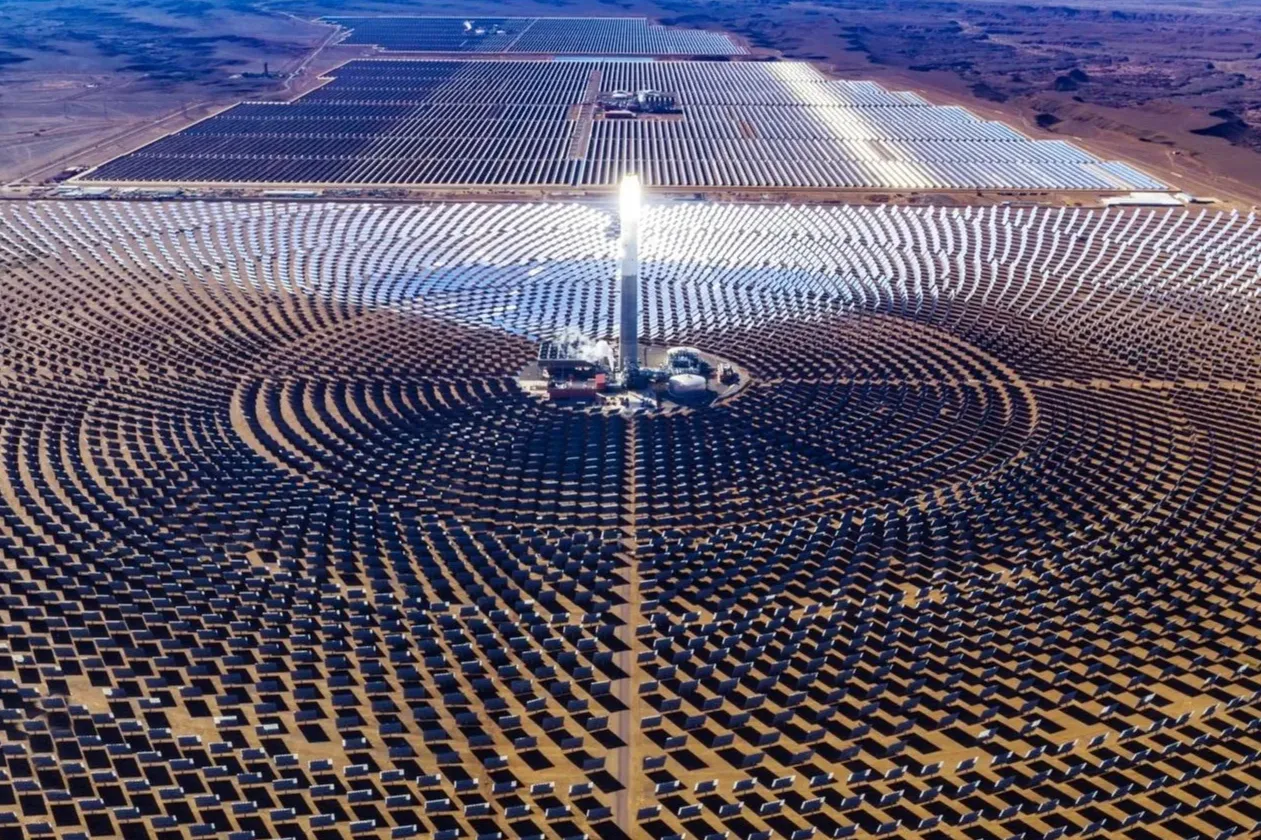
With the deepening of the concept of diversified development, the cooperation in related projects along the Belt and Road is gradually expanding. The China-Central Asia-West Asia Economic Corridor starts from Xinjiang and reaches the Persian Gulf, the Mediterranean coast and the Arabian Peninsula. It mainly involves the five Central Asian countries and 17 countries and regions in West Asia, including Iran, Saudi Arabia, and Turkey. It is the Silk Road Economic Belt. important parts of.
In recent years, key projects on this economic corridor have been substantially promoted. Countries and regions along the route have continuously strengthened their interconnection from energy to railways, from park construction to platform development, and regional cooperation has achieved remarkable results.
Energy cooperation as the main axis
The Central Asia Natural Gas Pipeline is China's first cross-border gas pipeline. It starts from the border of Turkmenistan and Uzbekistan in the west, passes through central Uzbekistan and southern Kazakhstan, and enters through Xinjiang Horgos Port, benefiting 27 provinces, autonomous regions, and municipalities directly under the Central Government in China. and the population of over 500 million in the Hong Kong Special Administrative Region.
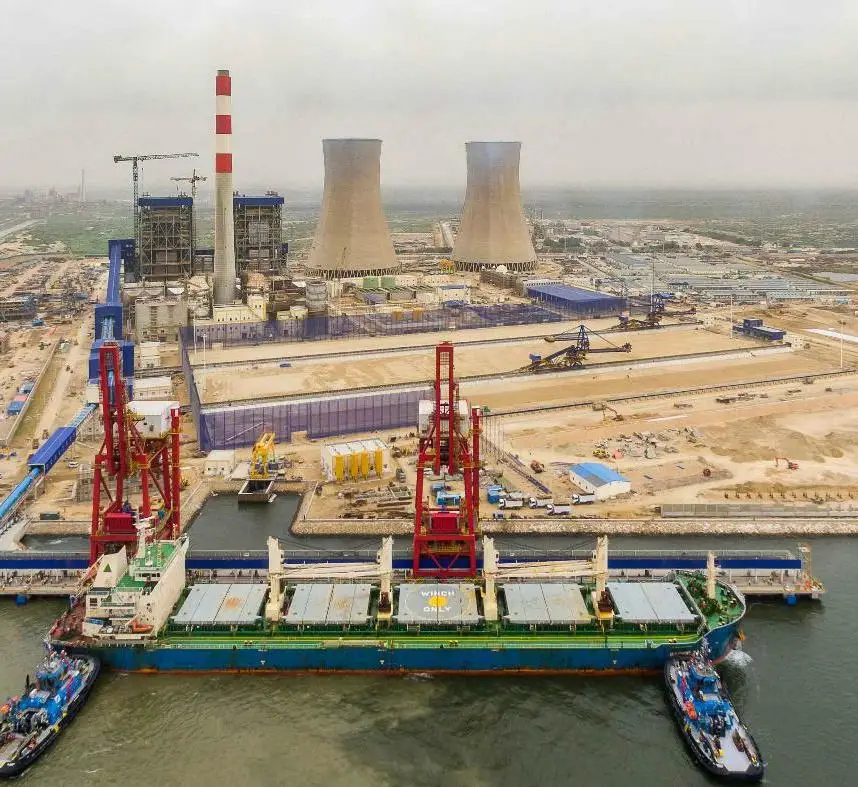
As a model project of energy cooperation among countries along the China-Central Asia-West Asia Economic Corridor, its steady operation is of great significance to the economic development of countries along the route, ensuring China's energy supply, and promoting the green transformation of China's energy structure.
The latest data from the Western Pipeline Company of the National Pipeline Network Group shows that since the Central Asia Natural Gas Pipeline was put into operation in December 2009, it has transported more than 400 billion cubic meters of natural gas to the country, which is equivalent to replacing 532 million tons of coal, which is equivalent to reducing 8.8 million tons of harmful gas. substances, 568 million tons of carbon dioxide emissions.
At present, the third line of the Central Asia natural gas pipeline A/B/C has been ventilated and put into operation. After entering the country, it is connected to the second and third lines of the West-East Gas Pipeline through the Khorgos gas compression first station. The total length is 1833 kilometers, and the total designed gas transmission capacity is 600 m One hundred million cubic meters. The D-line pipeline with Turkmenistan's Fuxing gas field as the gas source is under construction. It is estimated that after the completion of the Central Asia natural gas pipeline, the natural gas transported from Central Asian countries to China will account for more than 20% of China's total consumption in the same period.
At the same time, under the Belt and Road Initiative, many Chinese energy companies are also going out. Driving about 10 minutes northeast from the center of Dushanbe, the capital of Tajikistan, you will come to Dushanbe No. 2 Thermal Power Plant, which is well known to the locals. This modern thermal power plant built and put into operation by a large energy equipment manufacturing company in Xinjiang not only brought light and warmth to the local people, but also became a symbol of friendship between China and Tajikistan.
Most of the landlocked Tajikistan consists of mountains and plateaus. The local water resources are abundant, but it also faces the problem of tight power supply during the dry season of rivers in winter. In 2011, the government of Tajikistan formally signed an agreement with the aforementioned Chinese energy equipment manufacturing company, and in October 2012, the construction of the Dushanbe No. 2 thermal power plant officially started to solve the power supply in winter.
In 2017, Tajikistan bid farewell to the 20-year history of power shortage. Since then, Dushanbe has reliable power supply in four seasons and no longer cold in winter. So far, the aforementioned Chinese companies have delivered more than 10 power projects to Tajikistan.
Regarding the energy cooperation on the China-Central Asia-West Asia Economic Corridor, the person in charge of a well-known company in the field of clean energy, energy conservation and environmental protection in Xinjiang said that Xinjiang is the best choice for China to build a power hub center for Central Asia, and expect more and more The new energy industry of the company has gone abroad and contributed to the joint construction of the Belt and Road.
Infrastructure, economy and trade are two wings
The areas along the China-Central Asia-West Asia Economic Corridor are mountainous, and infrastructure construction projects are mainly tunnels. Various parks opened along the border have become carriers and highlights for promoting trade and investment facilitation.
The Kamchik Tunnel in Uzbekistan is the longest railway tunnel in Central Asia so far. Because it passes through complex geological environments such as Kurami Mountain, Kuynid and Sani Saraksay River, the construction tasks are difficult and difficult very big.
The project was undertaken by a Chinese construction company. From the official excavation to the tunnel penetration, the builders spent 900 days to achieve the world tunnel construction miracle that the train traveled through the mountains in 900 seconds.
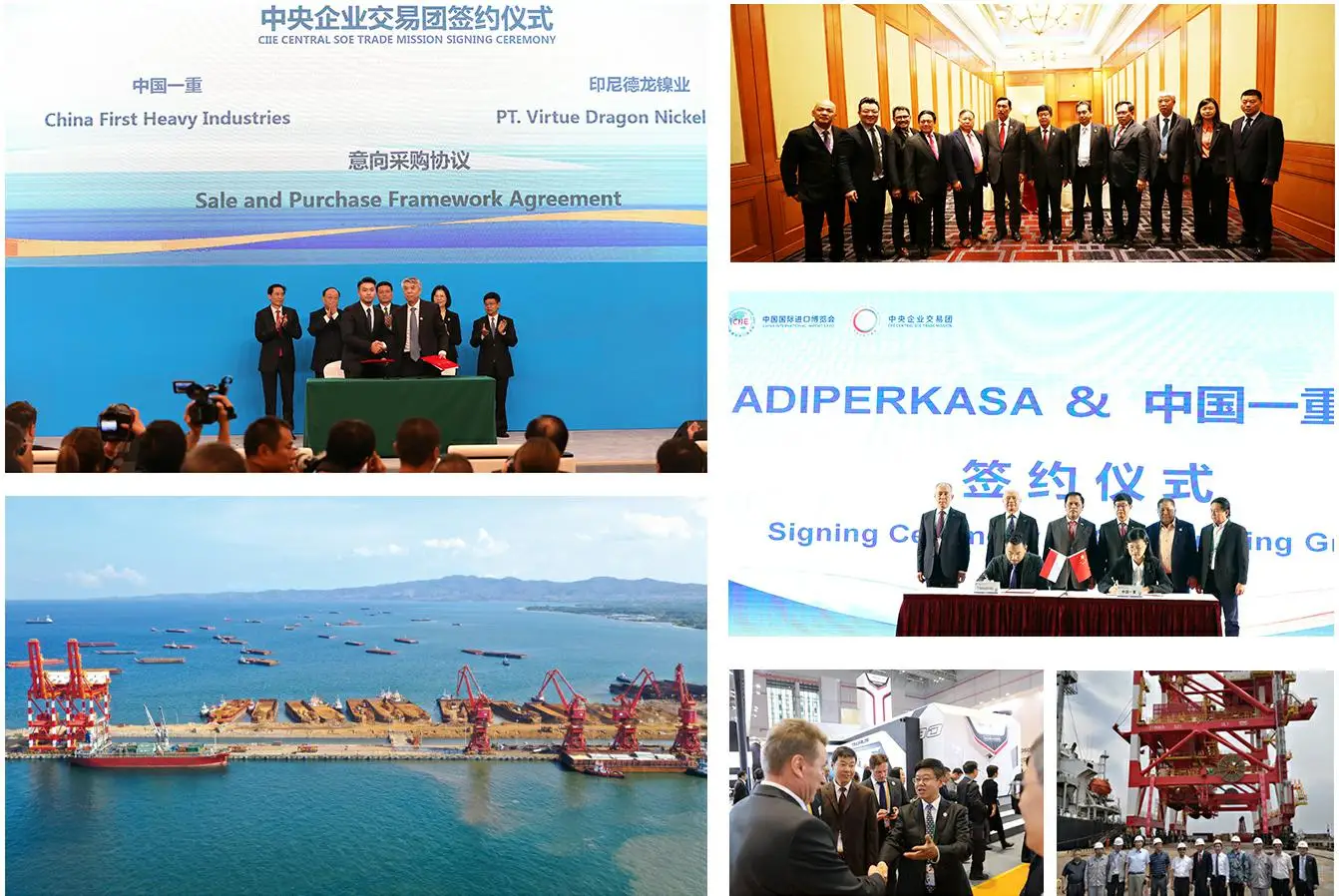
Behind this is the face-to-face of the builders under various difficult conditions such as tight construction schedules, complex geology, and harsh environments. They held transnational conferences, conducted disaster consultations, formulated special plans, carried out scientific research, adopted Chinese technology, and created Chinese speed in accordance with Chinese standards.
Today, the Kamchik Tunnel is a demonstration project for the joint construction of Belt and Road connectivity and cooperation, and is known as a business card, a benchmark, and a banner for Chinese companies to go global.
In terms of trade and investment facilitation, as an important part of the construction of the China-Central Asia-West Asia Economic Corridor, the Horgos Economic Development Zone takes advantage of the East Wind of the joint construction of the Belt and Road to vigorously develop trade logistics and processing and manufacturing industries, and introduces a A batch of enterprises with high investment intensity, high economic benefits, long industrial chain and fast growth.
Right now, the Asia-Europe Valley (Horgos) International Biotechnology Park project is stepping up construction. After the project with a total investment of 5 billion yuan is fully put into production, it is expected to achieve an annual output value of about 1.5 billion yuan.
According to Hao Jianmin, secretary of the Korgos Municipal Party Committee, in the first three quarters of 2022, Korgos will attract 40.05 billion yuan in investment funds, a year-on-year increase of 28%. In the future, we will continue to strengthen policy guarantees and focus on solving the pain points, difficulties, and blocking points encountered by enterprises.
On July 29, 2022, the Khorgos International Mail Exchange Station will be officially put into operation, and the inbound and outbound international mail will be directly collected, distributed and distributed at the Khorgos Port. Utilizing the international highway and railway train resources at the port, the general mail package between China and Kazakhstan is seamlessly connected, and the delivery time is greatly improved.
Khorgos International Mail Exchange Station will also provide comprehensive solutions for warehousing and delivery logistics for the upstream and downstream of the cross-border e-commerce industry chain, helping the traditional trade of Korgos port to develop into cross-border e-commerce and O2O new retail.
Xu Qi, deputy general manager of the Xinjiang branch of China Post Group Co., Ltd., said that in the future, the company will strive to make Korgos a major node in the international trunk line transportation network, making it gradually become an international mail and express mail for Central Asia, West Asia and Europe. , The distribution center of cross-border e-commerce goods.
Regional international transportation is in the ascendant
On July 28, 2022, the China-Europe Railway Express-Shanghai, loaded with nearly a thousand tons of cargo such as air conditioners, cloth, mountain bikes, and electric ovens, departed from Shanghai and headed for Almaty, Kazakhstan.
The person in charge of the Shanghai State-owned Assets Supervision and Administration Commission said that the China Railway Express-Shanghai opened the Central Asian route for the first time, revealing the huge trade potential between China and Central Asia.
In recent years, regional international transport along the China-Central Asia-West Asia Economic Corridor has continued to develop. Up to now, there have been 28 Central Asia freight trains. While Chinese goods are carried on the Central Asia train to the west, food from Central Asia is continuously transported to the China-Kazakhstan (Lianyungang) logistics cooperation base, where they are repackaged and exported to the world.
At the same time, the docking of relevant policies between China and countries along the route is also advancing continuously: bilateral international road transport agreements between China and Kazakhstan, Uzbekistan, Turkey and other countries, as well as multilateral international agreements such as China-Bahaji, China-Kazakhstan, China-Kazakhstan, and China-Kyrgyzstan. Road transport agreements or agreements have been signed one after another. China and Iran are also strengthening cooperation in areas such as roads and infrastructure.
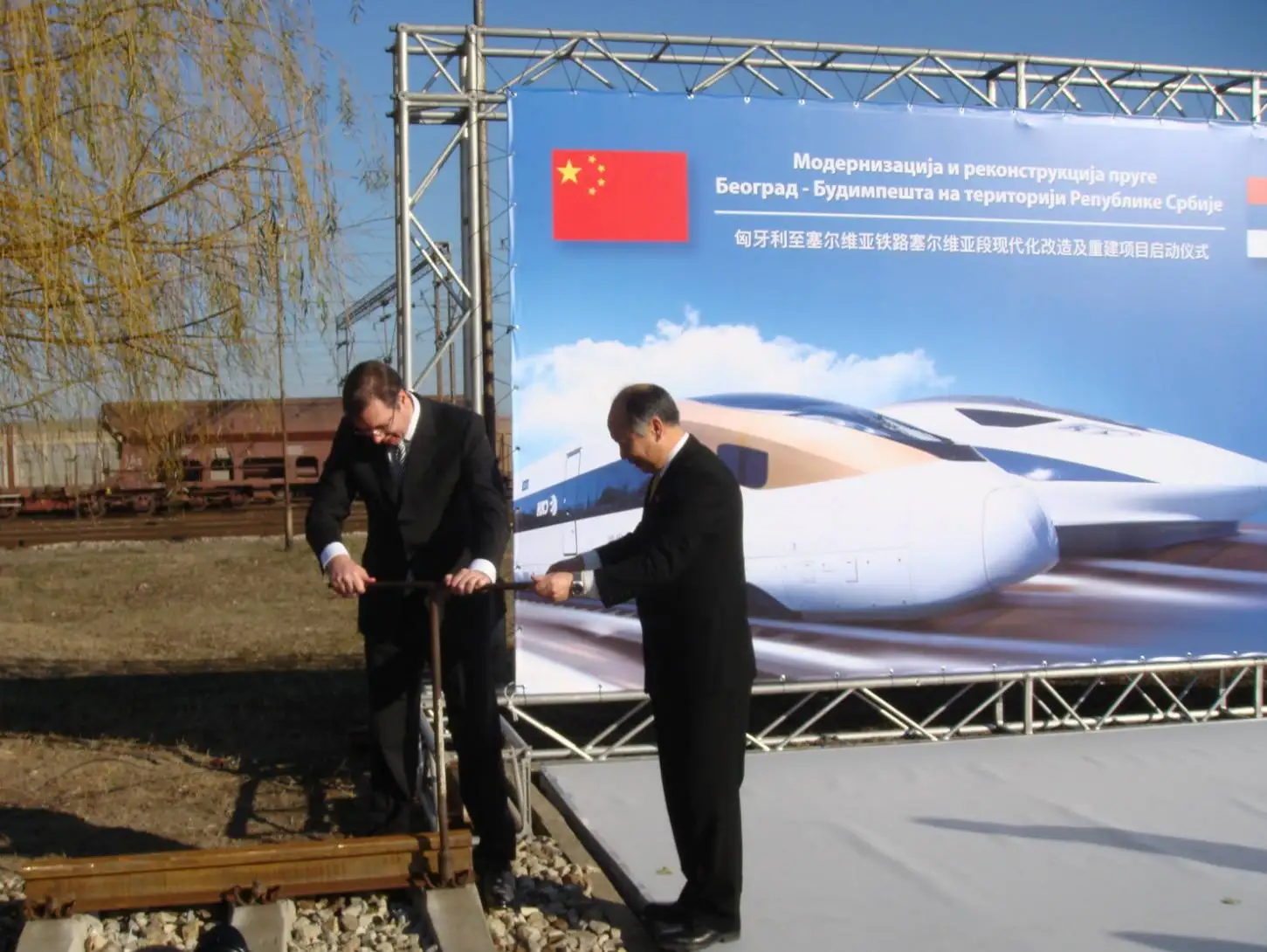
Since 2022, the China-Kyrgyzstan-Uzbekistan railway project has achieved phased progress with the joint efforts of China, Kyrgyzstan, and Uzbekistan.
According to the plan, the total length of the China-Kyrgyzstan-Uzbekistan railway is about 523 kilometers, including 213 kilometers in China, 260 kilometers in Kyrgyzstan and about 50 kilometers in Uzbekistan. The National Development and Reform Commission announced on August 2, 2022 that entrusted by the Kyrgyz side, Chinese technical experts have flown to Kyrgyzstan to start the field survey of the China-Kyrgyzstan-Ukraine Railway Project, marking the full launch of the feasibility study of the project.
Experts believe that after the opening of the China-Kyrgyz-Uzbekistan Railway, the total trade volume between Kyrgyzstan and Xinjiang will continue to grow significantly.
Yang Jie, senior coordinator of international affairs at the International Train Consulting Service Center of the China Communications and Transportation Association, said that from the perspective of the development and layout of the overseas passage of the China-Europe Railway, the China-Kyrgyz-Uzbekistan Railway will complement the Trans-Caspian Sea Corridor and further improve the development of the China-Europe Railway. The southern channel of the line can promote the development of bilateral trade between China and Kyrgyzstan, Uzbekistan, Kazakhstan, Azerbaijan, Georgia, and Turkey, and can also properly balance the pressure of other transit transport channels in the Eurasian continent. Editor/Xu Shengpeng
Comment
 Praise
Praise
 Collect
Collect
 Comment
Comment
 Search
Search



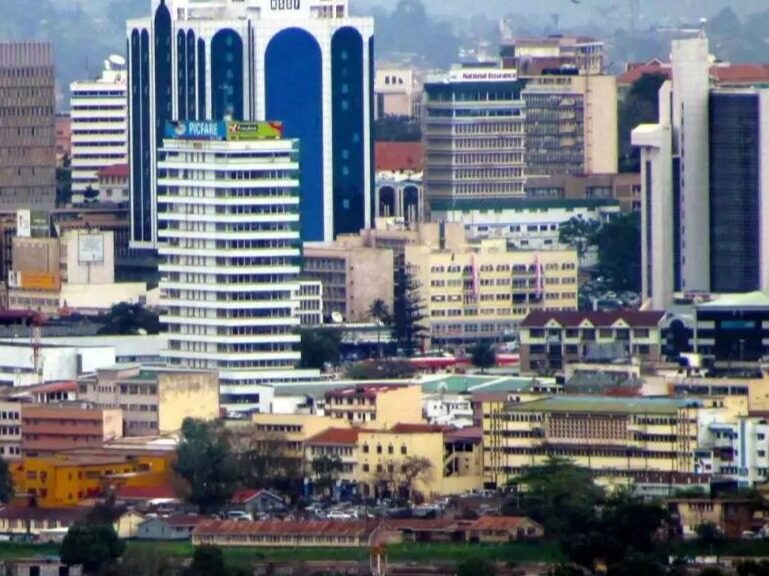
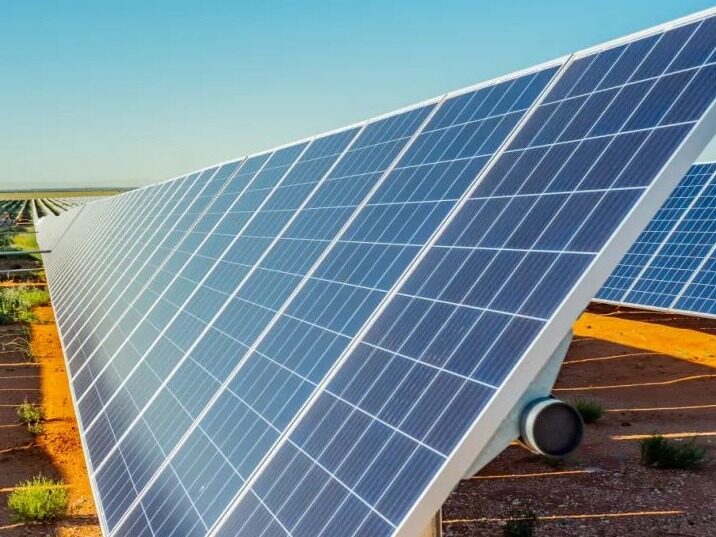
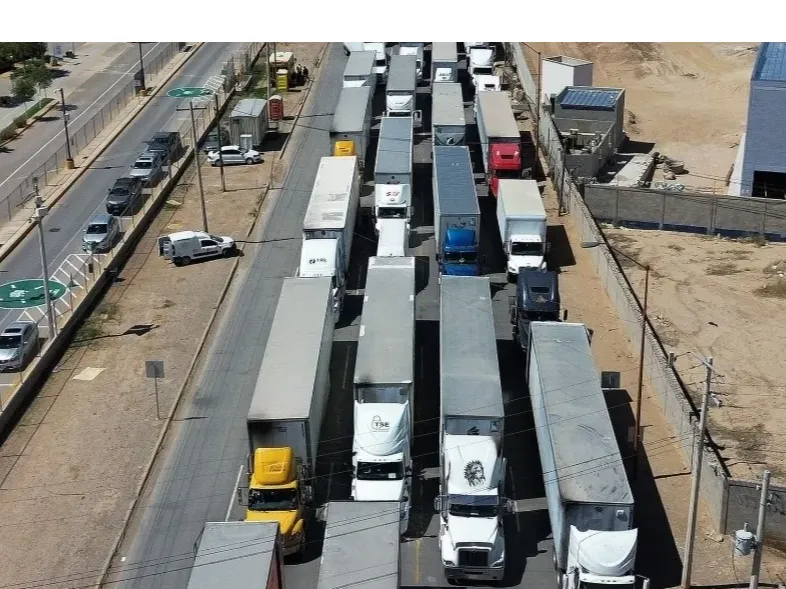
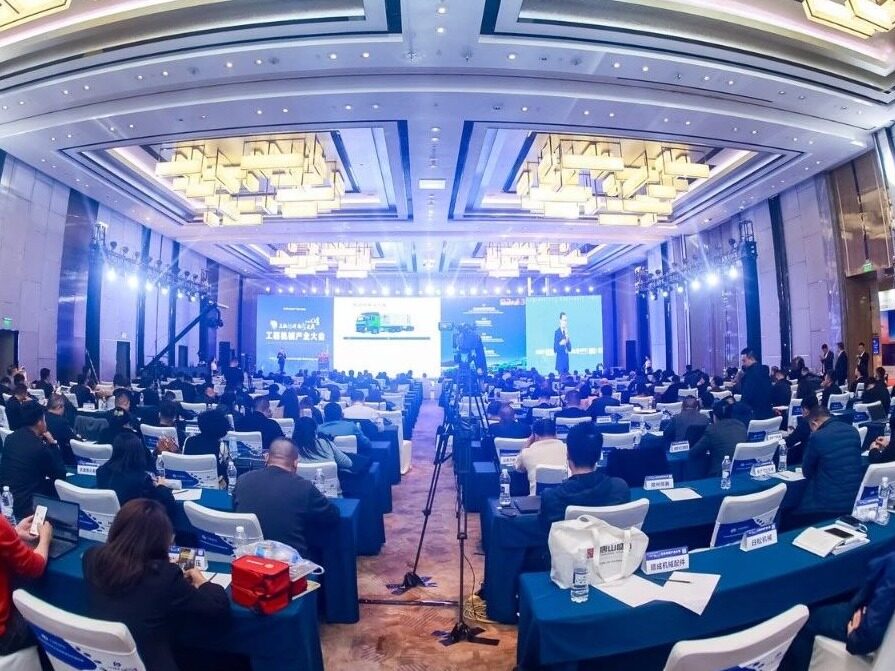
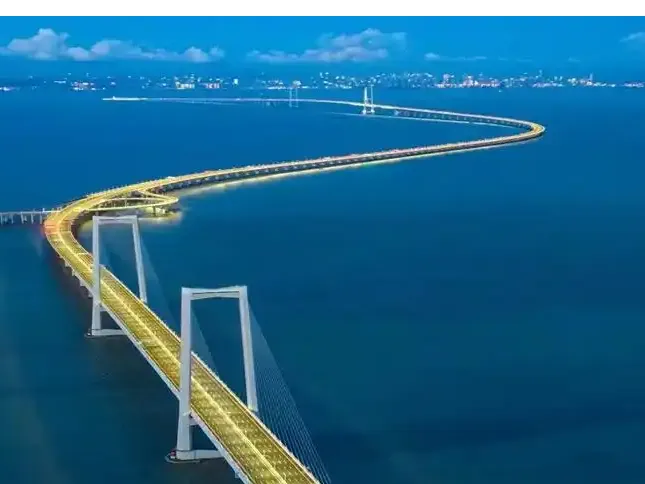






Write something~